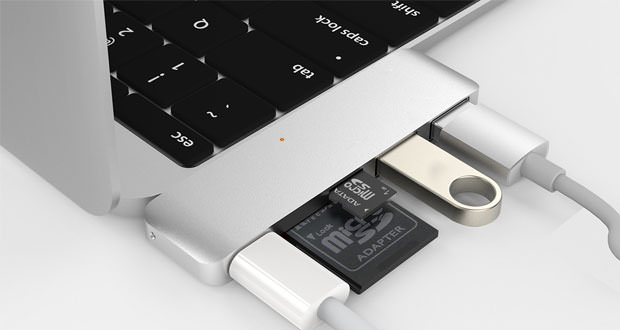Here comes the USB 3.2 standard, increase speed and confusion
The many USB protocols now include the new USB 3.2. In reality, in the new nomenclature some existing and previously, used technologies will be incorporated. Let’s be clear in this short article.
The nomenclature adopted by the USB Implementers Forum for the new USB 3.2 standards is not the best and risks generating even more confusion than the one we have today for the standards of cable connectivity and their various implementations. USB 3.2 was announced last 2017 and will debut this year, so it is good to remember the news announced in these days by USB-IF not only for new technologies, but above all for the rebranding that will be done for those already existing.
Let’s start with a summary of the new USB 3.2 standard :
The USB 3.2 standard absorbs all the 3.x specifications.
USB 3.2 is used to identify three different speed specifications and is divided into:
- USB 3.2 Gen 1 – Transfer speed up to 5 Gbps – Commercial name: SuperSpeed USB – It’s the old USB 3.0.
- USB 3.2 Gen 2 – Transfer speed up to 10 Gbps – Commercial name: SuperSpeed USB 10 Gbps – It’s the old USB 3.1.
- USB 3.2 Gen 2×2 – Transfer speed up to 20 Gbps using two 10 Gbps lines simultaneously – Commercial name: SuperSpeed USB 20 Gbps – It is the only new standard.
There is a method used in the nomenclature chosen by USB-IF: each new ” Gen ” absorbs an older generation technology in a way that is not so different from what was done with the arrival of USB 3.1. When it was introduced USB 3.0 became USB 3.1 Gen 1, while the new one was called USB 3.1 Gen 2. In a similar way we now have USB 3.2, but the Gen 1 and Gen 2 definitions correspond to the same speeds as ever.
Following the rule the new speed specification should have been USB 3.2 Gen 3 as the new technology doubles the transfer speed using two 10 Gbps lines, it was decided to use a multiplier with respect to Gen 2, thus becoming USB 3.2 2×2. This explains ” the arcane “. Furthermore, to make it easier, a ” trade name ” was suggested for the marketing of companies.
This is how the USB 3.2 Gen 1 port will be called SuperSpeed USB; the USB 3.2 Gen 2 SuperSpeed USB 10 Gbps; and the brand-new USB 3.2 Gen 3 will take the name of SuperSpeed USB 20 Gbps. It is clear that in some contexts, we could see the acronyms mentioned above, so it is better to keep the whole scheme in mind when we come into contact with the new nomenclatures. Furthermore, USB-IF requires that all previous names be discarded.
The new names concern only the maximum transfer speeds that can be reached by the port, and not the name of the connector.
In 2019, we will not see more names like SuperSpeed Plus, Enhanced SuperSpeed and SuperSpeed, which were previously adopted on ” product names, communication systems, boxes, or other contents aimed at end consumers “. It will be the companies that will decide if and how to follow the new dictates and it is also important to specify that the new names concern only the maximum transfer speeds reached by the port, and not the name of the connector.
The USB Type-A, microUSB and USB Type-C standards will still be on the market, and will be able to receive the USB 3.2 specification based on the maximum speed that can be reached by the ports. Technically, at least at the time of this writing, only USB Type-C cables support the new USB 3.2 Gen 2×2 specifications. We must be rather careful, and this is one of the faults that the international press is giving to USB-IF.
The manufacturers will be able to call a USB 3.2 port, giving the buyer a sense again, even if he uses technologies and transfer speeds from the era of USB 3.0, so a full-size USB Type-A port capable of reaching a maximum speed of 5 Gbps.
The USB-IF relies on third-party manufacturers who will have the task of specifying in detail the features of the implemented doors, but it is clear that the end user will have to be very careful during the purchase phase and will have to learn to extricate themselves from the new standards.

